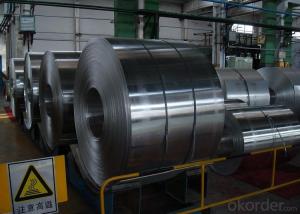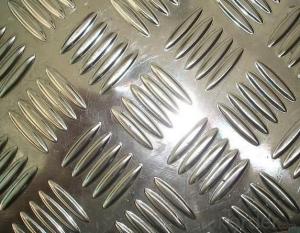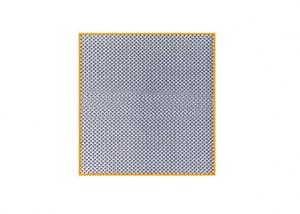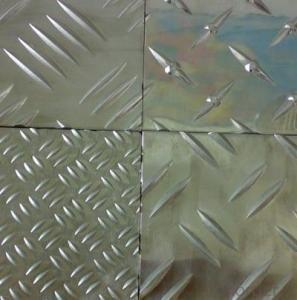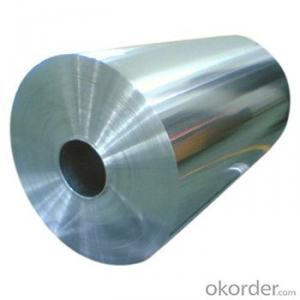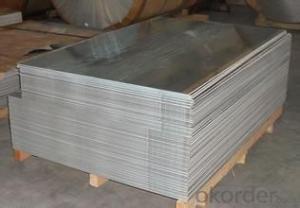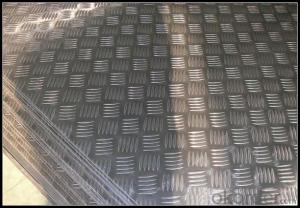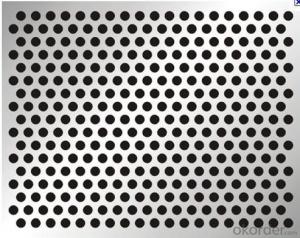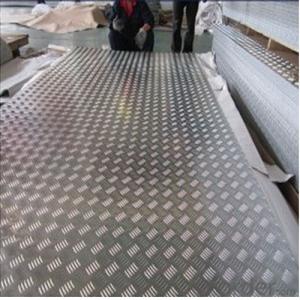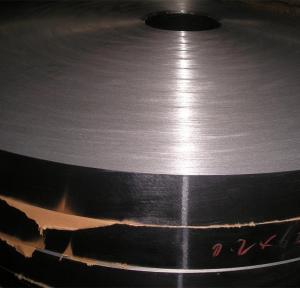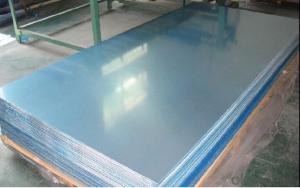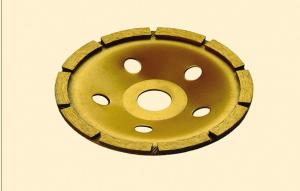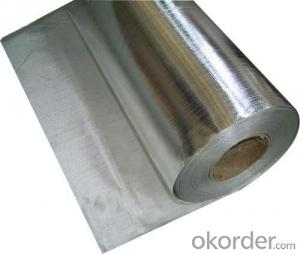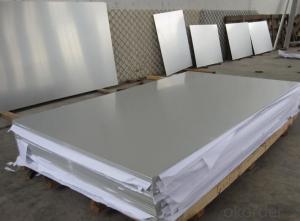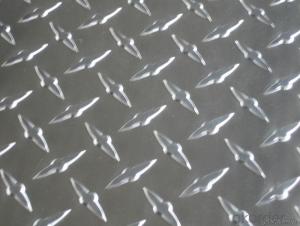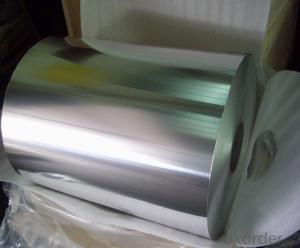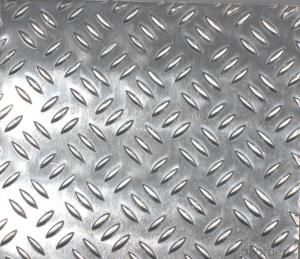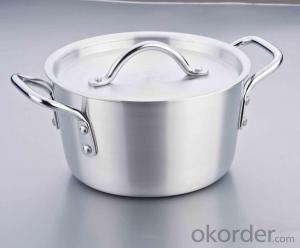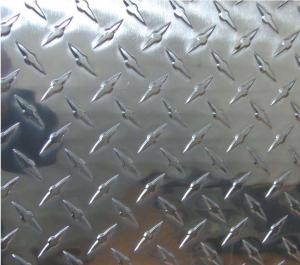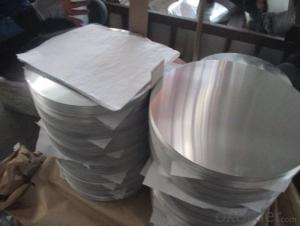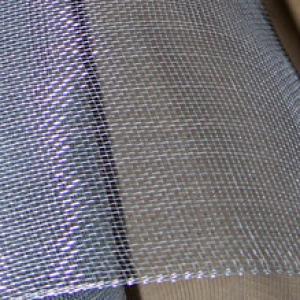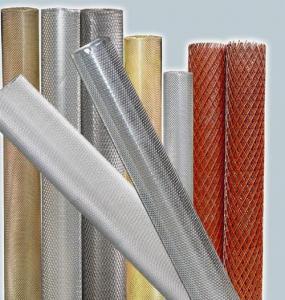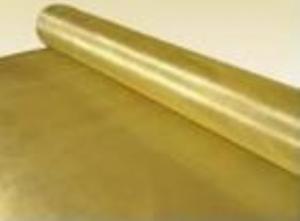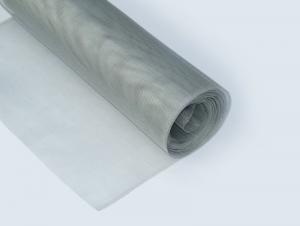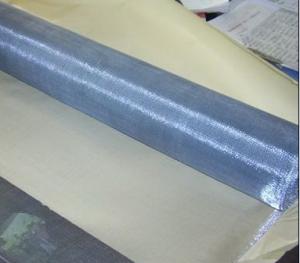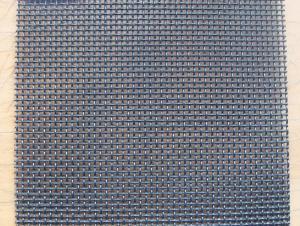Aluminum Diamond Plate Box
Aluminum Diamond Plate Box Related Searches
Diamond Plate Box Aluminum Aluminum Diamond Plate Boxes Aluminum Diamond Plate Truck Box Diamond Plate Aluminum Tool Box Aluminum Diamond Plate Tool Box Aluminum Diamond Plate Cabinets Aluminum Diamond Plate Mailbox Aluminum Diamond Plate Roll Polished Aluminum Diamond Plate Aluminum Black Diamond Plate Aluminum Diamond Deck Plate Aluminum Diamond Plate Panels Buy Aluminum Diamond Plate Aluminum Diamond Plate Fuel Tank Aluminum Diamond Plate Cooler Aluminum Sheet Diamond Plate Black Aluminum Diamond Plate Aluminum Dimond Plate Diamond Plate Sheet Aluminum Black Diamond Plate Aluminum Aluminum Diamond Plate Strips Aluminum Diamond Plate For Sale White Aluminum Diamond Plate Diamond Plate Aluminum Polish Aluminum Diamond Plate Pegboard Embossed Aluminum Diamond Plate Colored Aluminum Diamond Plate Sheet Aluminum Diamond Plate Aluminum Diamond Plate Polish Aluminum Diamond Plate MaterialAluminum Diamond Plate Box Supplier & Manufacturer from China
Aluminum Diamond Plate Box is a type of product that is manufactured using high-quality aluminum materials, featuring a diamond plate pattern on its surface. This design enhances the box's durability and provides a slip-resistant surface, making it suitable for various applications. The product is widely used in industries such as construction, transportation, and storage, where heavy-duty and long-lasting solutions are required.The Aluminum Diamond Plate Box is highly valued for its versatility and strength, making it a popular choice for a range of usage scenarios. Whether it's for securing tools and equipment on construction sites, organizing inventory in warehouses, or safely transporting goods across different locations, this box offers a reliable and robust solution. Its aluminum construction ensures that it can withstand harsh conditions and heavy loads, while the diamond plate pattern adds an extra layer of safety and grip.
As a wholesale supplier, Okorder.com boasts a large inventory of Aluminum Diamond Plate Boxes, catering to the needs of various industries and customers. With a commitment to quality and customer satisfaction, Okorder.com ensures that each Aluminum Diamond Plate Box meets the highest standards of durability and functionality. This makes it an ideal choice for businesses looking to invest in reliable and long-lasting storage solutions.
Hot Products





